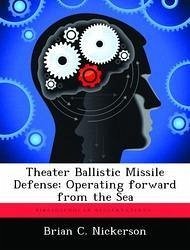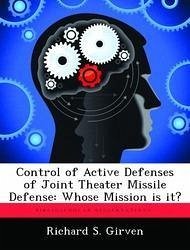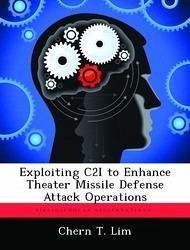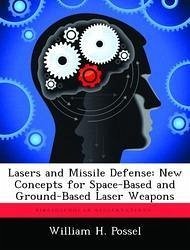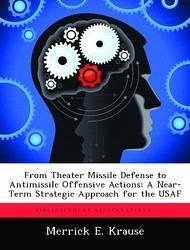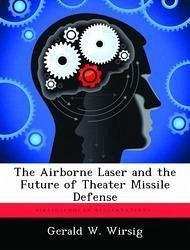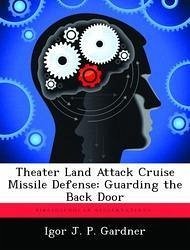
Theater Land Attack Cruise Missile Defense: Guarding the Back Door
Versandkostenfrei!
Versandfertig in über 4 Wochen
53,99 €
inkl. MwSt.

PAYBACK Punkte
27 °P sammeln!
This study examines the question: "Is the United States adequately preparing to counter the theater land attack cruise missile (LACM) threat?" The U.S.' overwhelming conventional warfighting capabilities, demonstrated during the Gulf War and more recent conflicts, have led potential adversaries to examine asymmetric means to defeat U.S. strategy. Of particular concern are weapons of mass destruction (WMD) and the means to deliver them. To date, Department of Defense agencies and the Services, under the collective rubric of theater missile defense, have spent billions of dollars developing syst...
This study examines the question: "Is the United States adequately preparing to counter the theater land attack cruise missile (LACM) threat?" The U.S.' overwhelming conventional warfighting capabilities, demonstrated during the Gulf War and more recent conflicts, have led potential adversaries to examine asymmetric means to defeat U.S. strategy. Of particular concern are weapons of mass destruction (WMD) and the means to deliver them. To date, Department of Defense agencies and the Services, under the collective rubric of theater missile defense, have spent billions of dollars developing systems and architectures to theater missile threats, focusing primarily on theater ballistic missiles. However, proliferation of advanced technology may cause land attack cruise missiles to become a larger part of the theater threat equation in the near future. Cruise missiles' typically low radar and infrared signatures, as well as low-altitude (in some cases terrain-following) flight profiles, make them difficult to detect and defeat. Land attack cruise missiles are not a new threat; however, the last time they were used in combat by someone other than the U.S. was by Germany during World War II. This study examines the history of cruise missiles and theater missile defense.





